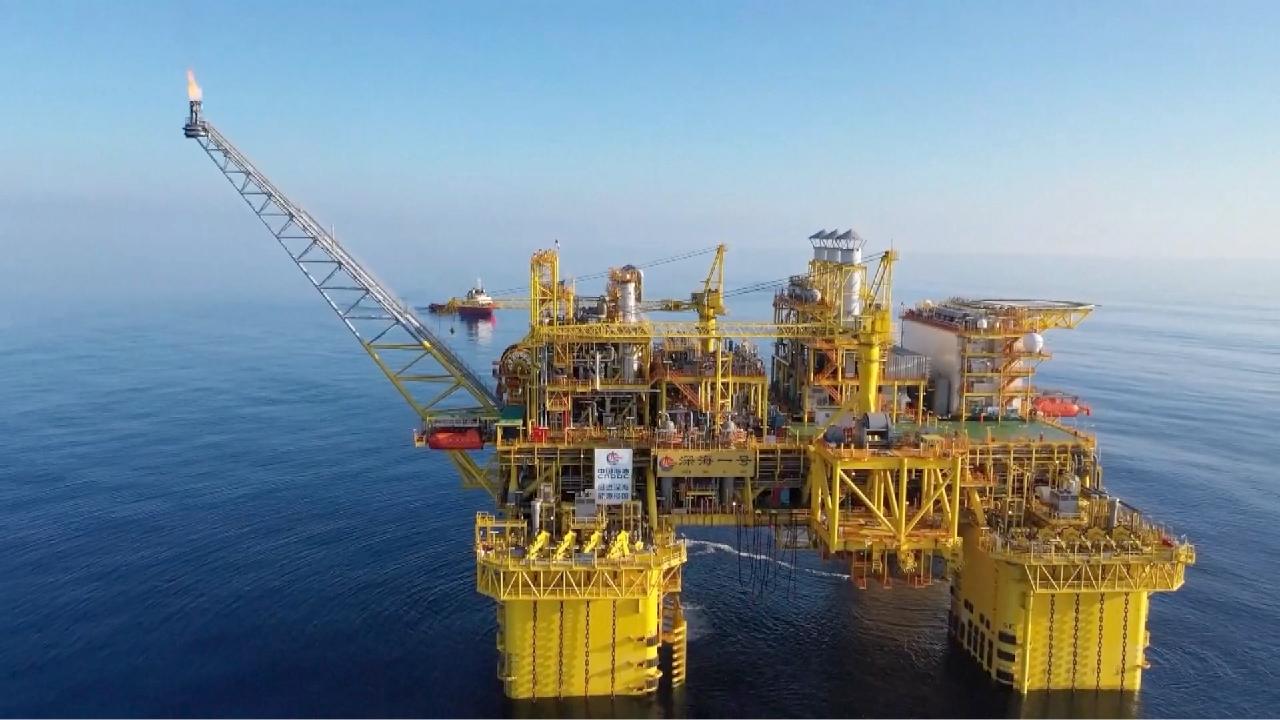
Shenhai-1 marks China’s first independently developed ultra-deepwater energy station, which has become operational in June 2021.
The second phase of Shenhai-1 will boost peak annual output of the gas field from 3 billion to 4.5 billion cubic metres of gas per year.
The Phase 2 project is located in the South China Sea, around 130km off Sanya City in South China’s Hainan Province.
The new model includes a subsea production system, a shallow water jacket processing platform and a remote-control system for a deepwater semi-submersible platform.
It is the world’s first 100,000-tonne deep-sea semi-submersible oil production and storage platform independently developed by China.
The project faces a number of technical difficulties, including the depth of water – nearly 1,000 metres – as well as high temperature and high pressure, according to CNOOC.
The depth of drilling, up to 5,000 metres, is significant by international standards, Zha said.
Zha Daojiong, an international studies professor at Peking University, said gas from the Shenhai-1 field is likely to be sent via pipeline to Hainan island for consumption unless it produces volumes large enough to justify liquefaction.
China has reportedly completed the construction of its longest deepwater oil and gas pipeline, as part of the Phase 2 development of Shenhai-1.
The 115.5km pipeline connects the Phase 2 offshore production platform with the onshore receiving station.